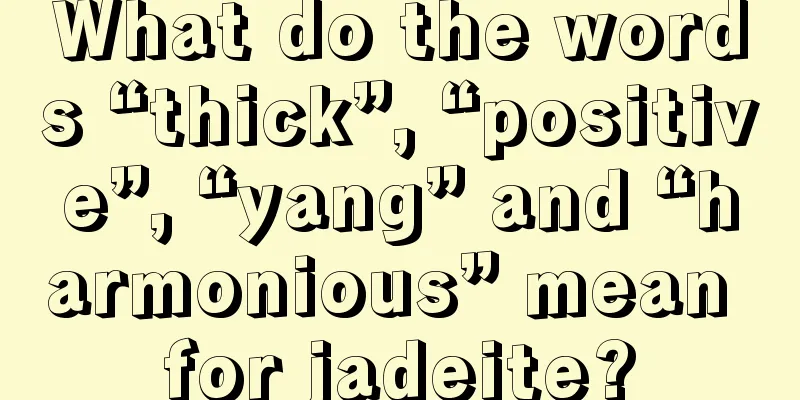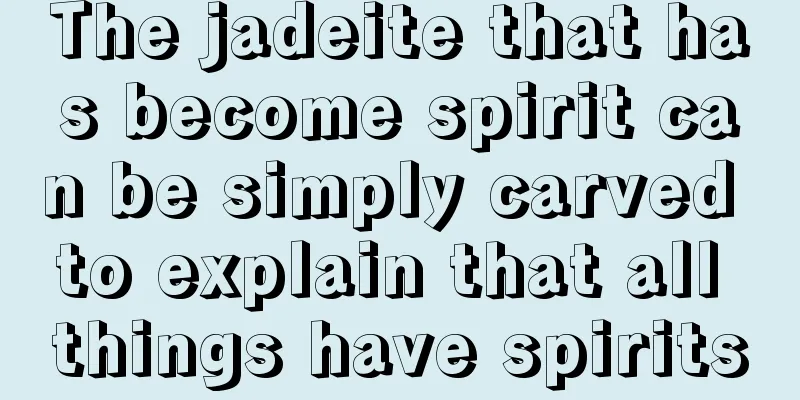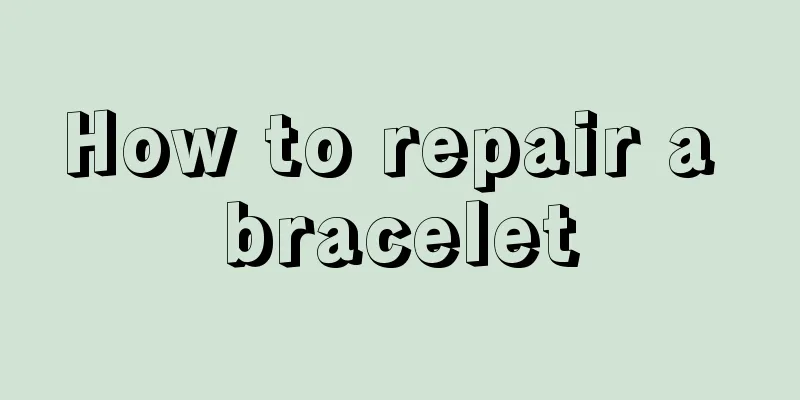Jade processing methods, these three main jade carving techniques need to be understood

|
Jade is a natural jade, so it has natural beauty. Exquisite carving techniques can bring out the natural beauty of jade more vividly, making it a work of art with greater collection and appreciation value. The appreciation of jade is a comprehensive consideration of its quality, water color, workmanship and weight. The quality of jade craftsmanship has an important impact on the value of jade. If a piece of fine jade is roughly carved and has no spirit, then its price will be greatly reduced. On the contrary, an ordinary or even flawed piece of jade, after the jade carver's ingenious design and carving, effectively utilizing its own characteristics, may also increase the value of this jade. What are the methods for processing jade? There are many jade carving techniques, but there are three main types. First is the round sculpture. The image of a round sculpture is a complete three-dimensional shape. This form requires the sculptor to carve from all directions from the front, back, left, right, top, middle and bottom, allowing the viewer to appreciate all aspects of the jade carving from different angles, just like a real object. Therefore, the selection of stone materials for round sculptures is quite strict. Relief. As the name suggests, the image needs to "float" from the plane. It is a carving technique that carves out convex and concave images on the plane. An image that "floats" high on the surface is called a high relief, while an image that "floats" low on the surface is called a shallow relief. Their only viewing side is usually the front. There is no clear distinction between jade's round carvings and relief carvings. We often combine round carvings, relief carvings and line carvings together to form a unique craft form. Openwork carving is also called hollow carving. It means retaining the raised part of the object and partially hollowing out the back part. There are two types of openwork: single-sided openwork and double-sided openwork. Single-sided openwork carving only carves the front side, while double-sided openwork carving carves the objects on both sides. The essential difference between openwork carving, hollow carving and chain carving is that hollow carving and chain carving have no front and back sides, and are 360° all-round carvings, which belong to the round carving technique; while openwork carving is an extension of the relief carving technique. In addition to the above three types, jade processing also includes other processing methods such as chain carving, Han eight-knife, double groove grinding method, and color matching. Carving refers to hollowing out the parts that do not represent objects, leaving only the parts that represent objects. Chain carving refers to the carving technique of hollowing out a whole piece of jade into a movable jade chain. The Han Eight Knife Method and Double Groove Grinding Method refer to the jade carving techniques of the Han Dynasty. The Qiao Se refers to the ingenious use of the color of the jade material to carve jade articles. They all have their own characteristics. fcgc66 fcpf18 |
<<: Introduction to the Jade Making Process
>>: How are exquisite jade products processed? Don't make the process too complicated...
Recommend
The ultimate beauty of jadeite!
Since ancient times, jade has been regarded as th...
The Green Water Tara from the internet-famous Mu Na material is so beautiful!
The color aesthetics of jade is an inexhaustible ...
Is contemporary jade worth collecting and investing in?
In recent years, with the booming art market, the...
Share a piece of sky blue jade with everyone
I would like to share with you a piece of sky blu...
Color is not everything about jade
When it comes to full-green jadeite, I believe th...
The finest glass-bottomed sunny green jadeite is available, so beautiful that it is beyond imagination!
The beauty of jade is different at every stage, e...
How to inlay jadeite, 6 common methods of jadeite inlay
We often see some jade jewelry that are inlaid in...
Which is better, plain jade or carved jade?
Are jade carvings better with carved patterns or ...
Choosing a jade Buddha pendant will be very easy as long as you master these few points of knowledge.
You should know that Buddha and Guanyin are commo...
Two jade bracelet cores, the process of carving the Thousand-Armed Guanyin
The process of making Guanyin with high-quality j...
Things You Don’t Know About Jade Carvings
"If jade is not carved, it will not become a...
Why can’t jade be graded according to the 4Cs?
Today, the 4C standard has been widely used in di...
Jade carries mysterious beliefs and aspirations. Discuss its origins in Buddhist culture
Man takes care of jade for three years, and jade ...
When choosing jadeite, how do you judge the color correctly?
For jadeite, color equals its value. The price di...
What are the taboos, meanings and maintenance methods of Jade Guanyin? Are there any taboos? Is it well maintained?
As the stories of Guanyin Bodhisattva saving peop...









